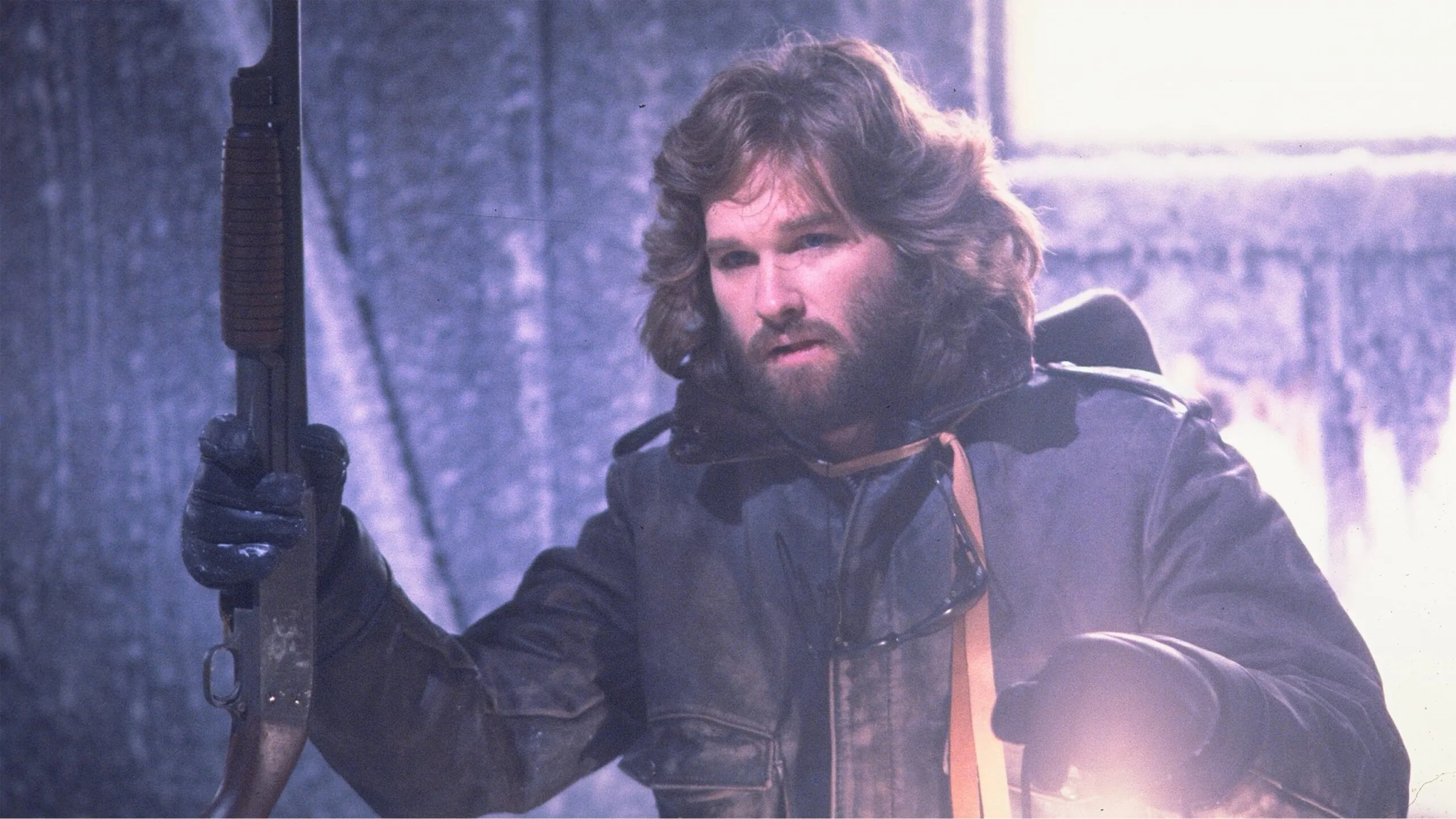
Enthusiasts of horror movies might find it distressing when one of their beloved films gets remade. Perhaps these viewers have a deep attachment to a specific monster movie from their past, fearing that a glitzy Hollywood reimagining could tarnish their cherished memories. Furthermore, there’s the concern that remakes are often just greedy attempts by big studios to make money quickly off properties that already have dedicated fan bases. It’s also worth noting that most horror movie remakes tend to be of inferior quality compared to their original counterparts. The realistic effects of many classic horror films still outshine today’s computer-generated imagery, and they often boast superior writing, direction, and acting. Moreover, the decision by major studios to revisit old properties is another symptom of the lack of creativity that seems to be prevalent in the film industry.
Although there are numerous arguments against horror movie remakes, this doesn’t necessarily imply we should entirely rule out the concept. On the contrary, it is commendable for a director to endeavor to match the caliber of the horror greats from the past.
The Case for Horror Movie Remakes

Some people might find it blasphemous, especially among die-hard horror movie enthusiasts, but occasionally, remakes of horror films surpass their original counterparts. For instance, the 1951 film “The Thing from Another World” is a timeless classic for valid reasons – it’s a well-crafted and suspenseful movie that outshines most other flying saucer movies from that era. However, John Carpenter’s 1982 remake (known as “The Thing“) outperforms the original in terms of acting, tension, and special effects that continue to impress today. In fact, it has overshadowed the film it was based on so much that it wouldn’t have been made if Universal hadn’t felt the need to modernize the original. Another example is David Cronenberg’s 1986 remake of “The Fly“; he took a campy yet entertaining monster movie from the 1950s and transformed it into a stark portrayal of what happens when a scientist dabbles in divine powers, gradually transforming into a grotesque creature as his loved ones can only watch helplessly.
A compelling argument for giving more credit to horror movie remakes lies in their ability to serve as commentaries on the anxieties of our current times. To illustrate this point, consider the film The Fly. The 1958 version mirrored the rising apprehensions of the Atomic Age, an era marked by rapid scientific and technological advancements that instilled a sense of unease in many. In contrast, Cronenberg’s remake, released during the AIDS epidemic of the 1980s, reflected the terror and helplessness experienced by those afflicted with this new disease as they watched their bodies deteriorate. Horror films are powerful tools for exploring universal emotions like fear, and remaking these movies allows filmmakers to keep them relevant and hold up a mirror to contemporary society, inviting audiences to confront the fears of the present.
Remakes of classic horror films serve as a means to keep these cinematic legends alive, even if they fail to surpass the originals in terms of impact. Many timeless horror movies from yesteryears remain etched in the memories of those who watched them during their initial release or enthusiasts of history. Films like Psycho, The Texas Chainsaw Massacre, and A Nightmare On Elm Street once sent shivers down the spines of cinema-goers, but have since lost their appeal for contemporary mainstream audiences. By reimagining these iconic movies with greater budgets and modern special effects, they can draw in today’s viewers and pique their curiosity about the original versions. Studios often leverage the release of a remake to remaster and re-release the original, thus enabling it to reach a wider audience.
The Double-Edged Blade of Horror Movie Remakes

Remakes of horror films are frequently met with criticism from purists, and for good reason more often than not. Many horror movies have become classics due to their uniqueness, audacity, and innovative approach to scaring audiences. However, by merely recreating what has already been achieved, it’s challenging for a remake to duplicate the original’s impact. It’s unusual for a remake to outshine the original, and when it falls short of the expectations set by its predecessor, the disappointment can be immense. We’ve all experienced the letdown of watching a subpar remake and thought, “What was the point? The original was already flawless!
When a remake of a horror movie equals or surpasses the original, or even exceeds expectations, consider the sense of wonder you’ll share with friends when dissecting how filmmakers achieved the seemingly impossible. Overlooking remakes denies us the thrill of being scared by familiar monsters, just as our parents were decades ago. Therefore, instead of dismissing a horror movie due to its status as a remake, let’s offer contemporary directors the opportunity to rekindle some of that chilling enchantment from yesteryears.
Read More
- Gaming News: Why Kingdom Come Deliverance II is Winning Hearts – A Reader’s Review
- We Ranked All of Gilmore Girls Couples: From Worst to Best
- Jujutsu Kaisen Reveals New Gojo and Geto Image That Will Break Your Heart Before the Movie!
- Why Tina Fey’s Netflix Show The Four Seasons Is a Must-Watch Remake of a Classic Romcom
- How to Get to Frostcrag Spire in Oblivion Remastered
- Assassin’s Creed Shadows is Currently at About 300,000 Pre-Orders – Rumor
- How Michael Saylor Plans to Create a Bitcoin Empire Bigger Than Your Wildest Dreams
- Is the HP OMEN 35L the Ultimate Gaming PC You’ve Been Waiting For?
- Whale That Sold TRUMP Coins Now Regrets It, Pays Double to Buy Back
- S.T.A.L.K.E.R. 2 Major Patch 1.2 offer 1700 improvements
2025-01-19 05:10